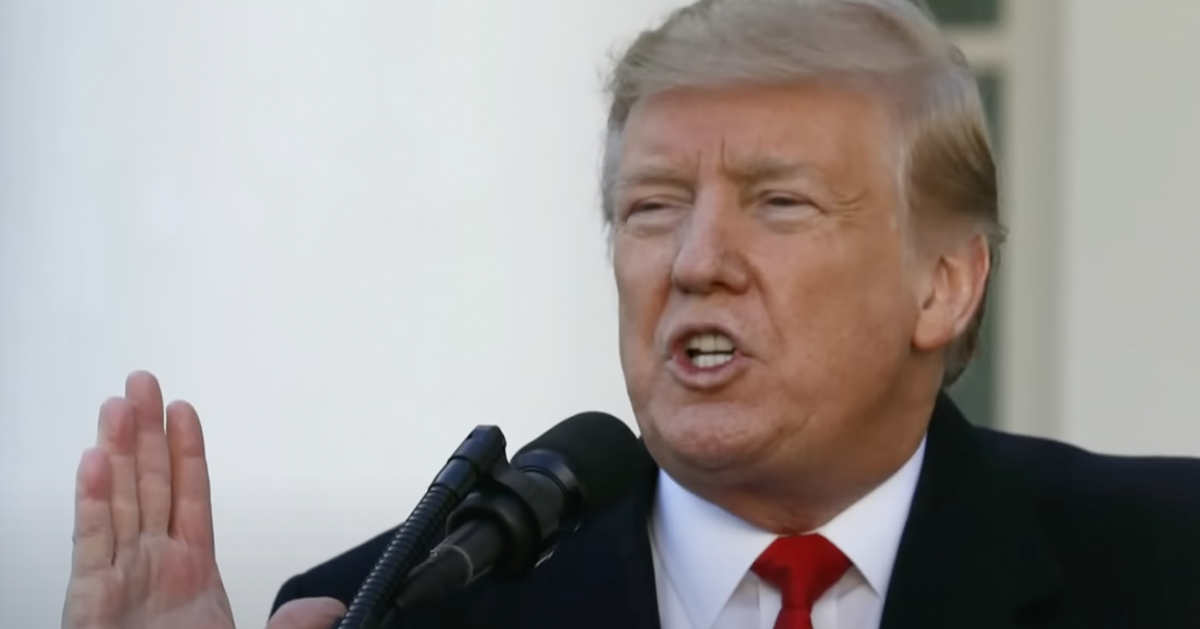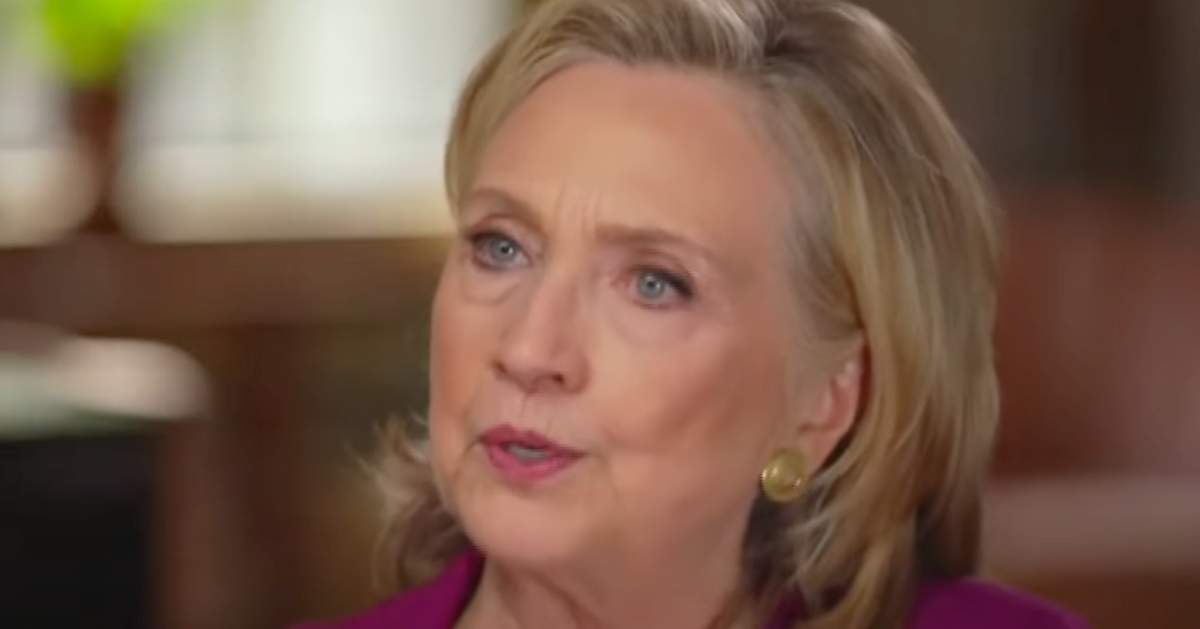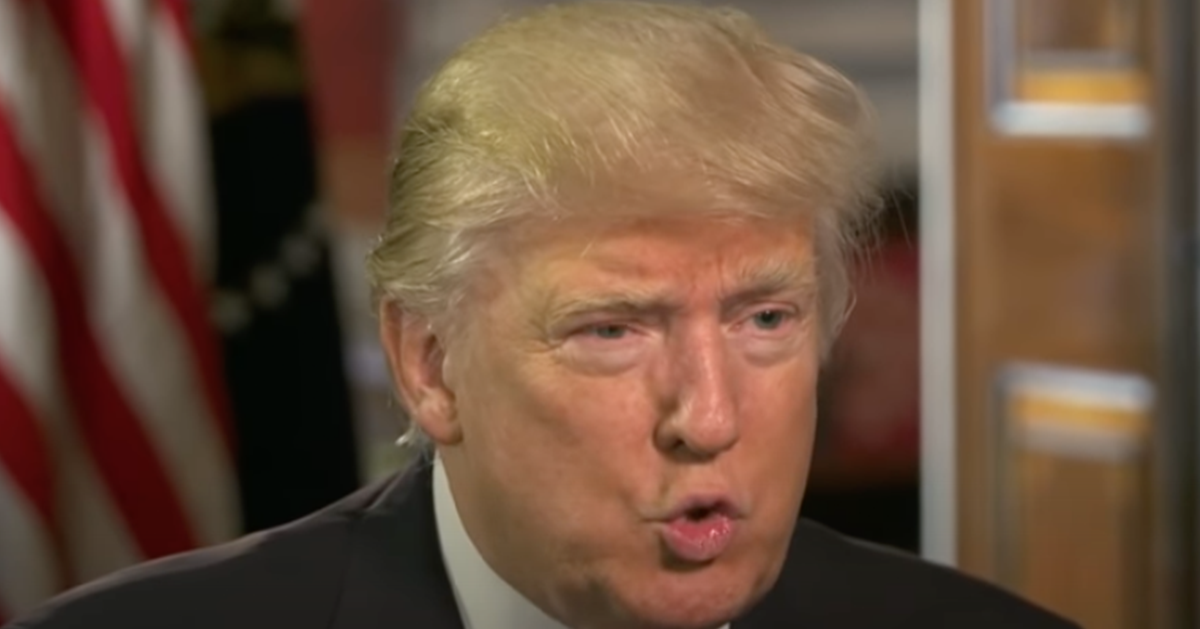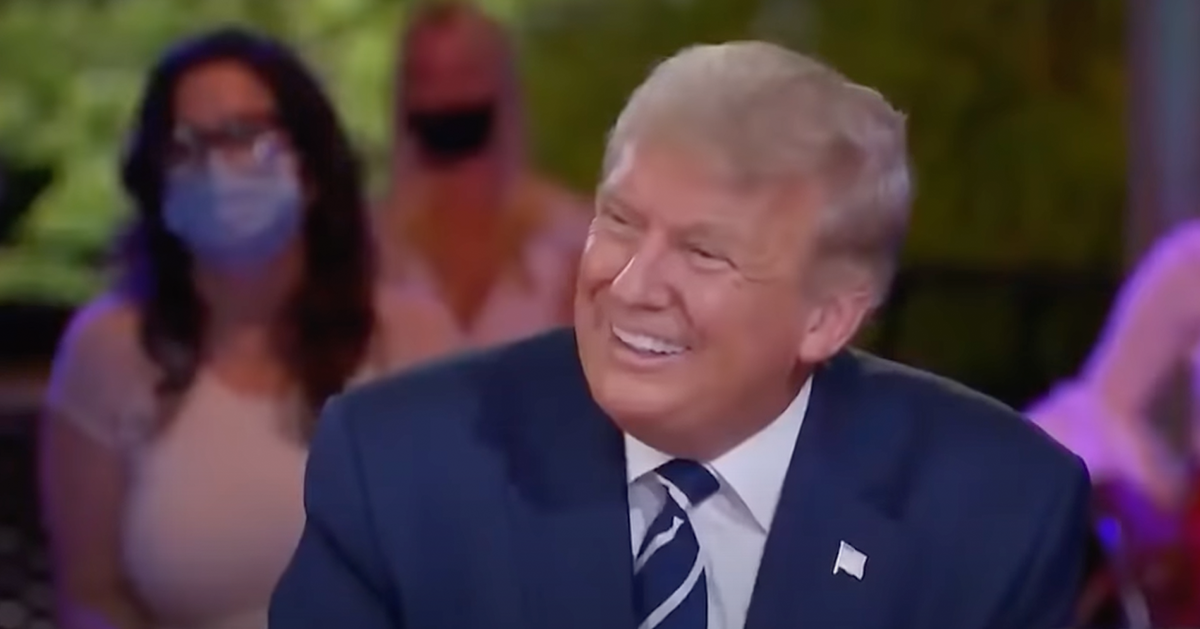Secret Service Lapses Preceded Trump Rally Shooting
A Senate report has revealed significant lapses by the Secret Service that failed to prevent the attempted assassination of former President Donald Trump at a rally in Butler, Pennsylvania, on July 13.
The shooting, which left Trump wounded and killed one person, resulted from multiple communication and planning failures within the Secret Service, Newsmax reported.
The Special Agent in Charge (SAIC) of the Pittsburgh field office, responsible for overseeing security at the event, claimed he had no intelligence to suggest an imminent threat. However, the lead agent on the case contradicted him, saying she had forwarded what she called “credible intelligence” to her superiors. According to her testimony before Senate investigators, she had notified the SAIC of the potential threat, but he denied ever receiving this information.
Conflicting Reports Over Intelligence Handling
In addition to this communication breakdown, the lead agent’s second supervisor refused to contact the Pittsburgh SAIC. He reportedly told her that he could not discuss the intelligence, implying that the information might have been classified. The lead agent testified, "He did not use the word 'classified' on the phone, but from my general knowledge when you say that you cannot pass something on the phone, the understanding is that it's classified and he can't speak about it on the phone."
Despite the apparent confusion over how to handle the threat, officials deployed a team of counter-snipers to the event based on intelligence. According to the Senate report, they made this decision before July 5, partly due to the classified nature of the information and the size of Trump’s rallies. The Pittsburgh SAIC, however, insisted that he only learned about the counter-snipers from an email requesting accommodations for the team.
Assassination Attempt at Butler Rally
On July 13, during Trump’s rally at the Butler Farm Show Grounds, 20-year-old Thomas Matthew Crooks opened fire and struck Trump in the ear. The shooting killed 50-year-old rally attendee Corey Comperatore and critically injured two others—David Dutch, 57, and James Copenhaver, 74. A Secret Service sniper shot and killed Crooks moments after the attack.
The Senate report highlighted that snipers had tracked Crooks for longer than the Secret Service initially stated. The report's findings dispute the claim that agents had only seconds to respond, suggesting they had more time to neutralize the threat.
Senate Report Reveals Troubling Security Gaps
The assassination attempt has raised serious concerns about how different security agencies coordinate and communicate. The Senate report concluded that the attack was “foreseeable” and “preventable,” citing numerous failures by the Secret Service. It also noted that the assignment of counter-snipers marked the first time such a team was deployed for someone other than a president, vice president, or official campaign nominee.
One of the most damning findings highlighted the failure to act on reports of a "suspicious person" near the venue. Agents reportedly became aware of this individual 30 minutes before the shooting, yet no effort was made to remove Trump from the stage. In the wake of the attack, the FBI confirmed that they had no prior knowledge of Crooks, further highlighting gaps in the security apparatus.
Communication and Planning Failures
The Senate report detailed extensive communication issues, both within the Secret Service and between the Secret Service and local law enforcement. Agents reportedly used multiple radio channels during the event, which led to missed messages and confusion.
Additionally, a drone operator encountered technical problems on the day of the rally. Instead of receiving immediate support, the operator waited on a helpline. These failures in planning and communication compounded the challenges that security forces already faced at the event.
Investigators Frustrated by Redacted Documents
As the Senate committee continued its investigation into the assassination attempt, heavily redacted documents hampered their efforts. Censored key materials obtained from the FBI, Department of Homeland Security (DHS), and Bureau of Alcohol, Tobacco, Firearms and Explosives (ATF) made it difficult for investigators to gather sufficient details about the incident.
While the redactions may keep the full extent of the intelligence failures unclear, the Senate report provides a troubling picture of the events leading up to the attempted assassination of Trump. The outlined failures, from mishandling credible intelligence to communication breakdowns, raise questions about the Secret Service's preparedness to secure high-profile events in the future.
This Senate report is expected to prompt further investigations into the Secret Service's practices and could lead to calls for significant reforms within the agency.






